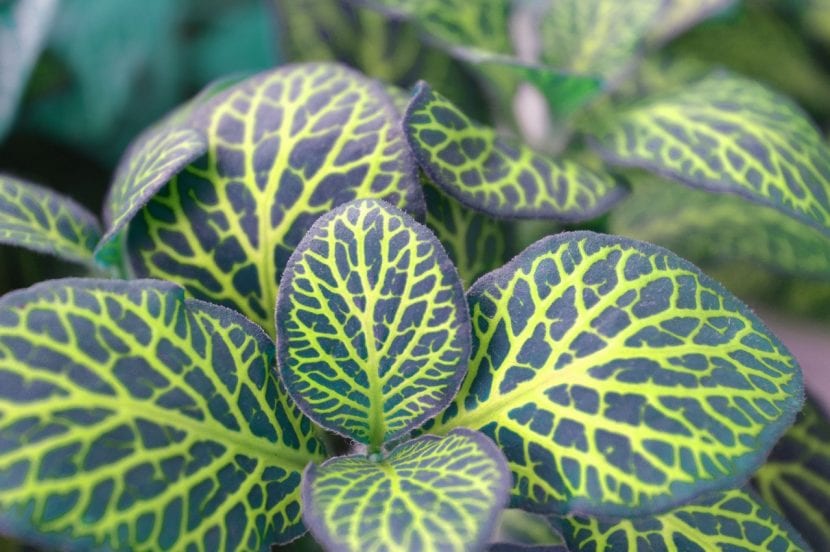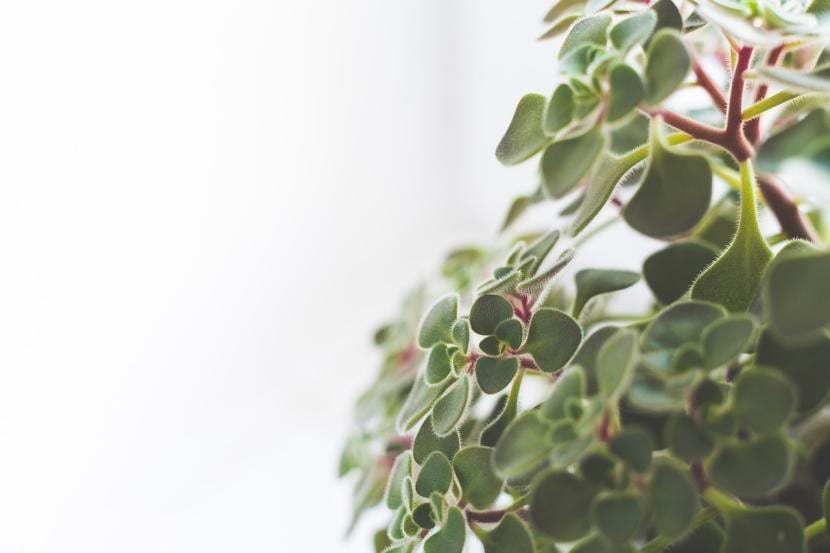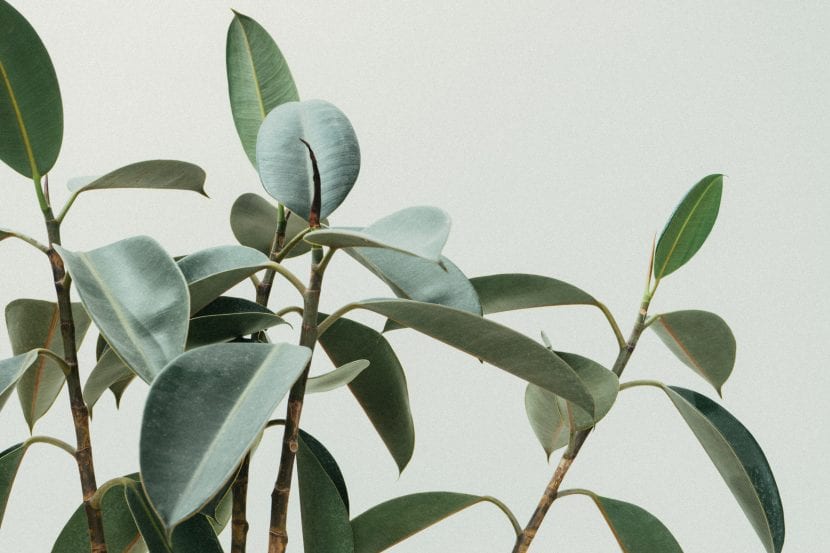
With the arrival of winter, the plants that we have at home no longer grow as much or as fast as they used to. The temperatures, even if they are protected inside, also drop, and that is something that they immediately notice. Care must therefore change a bit, otherwise we could endanger them..
So, When to water indoor plants in winter? So that they arrive healthy in spring, we will offer you a series of tips that you can carry out, enjoying them also during these months.

Watering is the most complicated gardening task, especially when winter comes. The substrate stays wet for longer and longer and it can be difficult to know when it is time to water again. Plants are at rest, which means that they only perform the most important functions in order to stay alive, such as breathing. We, your caretakers, we must respect their cycles and rhythm so that their health does not deteriorate.
Therefore, every time we go to water the first thing we will have to do is check substrate moisture. How? In any of these ways:
- Introduce a thin wooden stick or fingers: if when you extract them they come out with a lot of adhering soil, we will not water, since it will still be wet.
- Dig a bit in the pot: if we see the earth a much darker black, and if we also notice it fresh or wet, we will not water either.
- Using a digital moisture meter: when introduced into the soil, it will automatically indicate the degree of humidity in that portion of the substrate. To make it more useful, I recommend introducing it in different areas (closer to the plant, further away).
- Weigh the pot once watered and again after a few daysWet soil weighs more than dry soil, so this difference in weight can serve as a guide to know when to water.
Once we have been able to verify that our plant does indeed need water, what we will do is pour rain or lime in a pot and put it to heat a little. Let us remember that indoor plants live in tropical jungles, where frosts do not occur. If we watered them with cold water, their roots would have a hard time. For this reason, the water must be tempered (about 37ºC) before using it.
Now we will water consciously, until it comes out through the drainage holes or until the plate begins to fill in the event that we have one. Finally, we will wait about ten minutes and remove the water that we have left over. Thus, the root system will not rot.

Has it been useful to you?
Very useful. I have searched long and hard for exactly when to water and nowhere have I found such a clear answer. Thank you.
Thanks to you, Pilar. Greetings!
wonderful......I have a lemon pothos...it's winter it's light...but some leaves have black edges....
Hello Olga.
It may be that it is burning, or that there is a problem with irrigation (that it waters little or much). For now, I recommend that if you get direct sun at any time, you change the location. It would also be good to see if the plant is in a pot without holes, as if so it would be very, very important to plant it in one that does so the roots don't rot.
A greeting.